Sustainable data centers as a service
Industrial construction requires special expertise
In industrial construction, properties and facilities are built on the basis of the functions and processes that will be placed in them. A high-quality and cost-efficient end result is achieved by maintaining versatile professional skills and listening to the client’s specific needs.
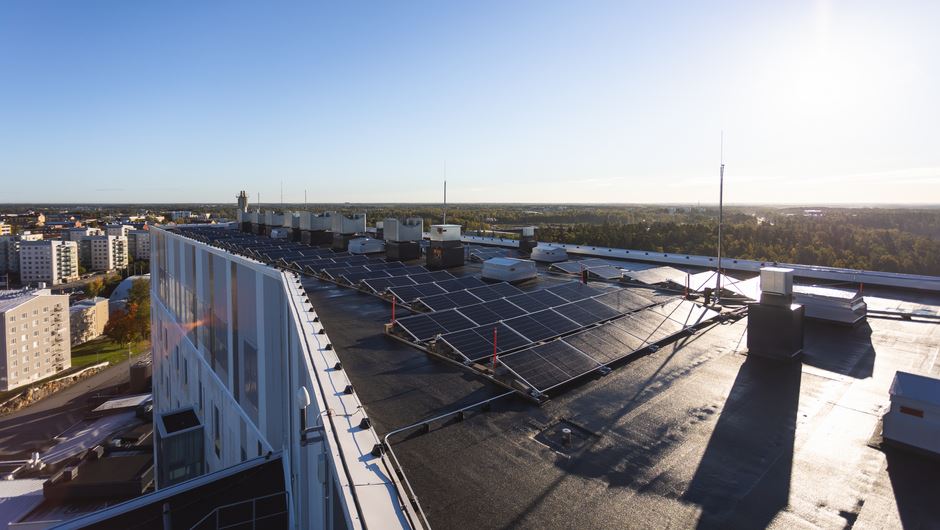
Demand for industrial construction projects has remained on a good level despite the economic downturn. This can also be seen in the number of calls for tender received by YIT. Peter Forssell, EVP, Business Premises segment, YIT, explains that new construction contracts are currently ongoing in various industrial sectors. In these projects, strict hygiene and cleanliness standards are highlighted above all. The standards concern all aspects of the projects down to the building’s material selections.
“In food industry construction projects, we use acid-proof steel which is better suited for hard wear and tear than regular steel. It’s also a hygienic material and easy to keep clean,” Forssell says.
The needs of industrial construction depend on the customer and segment. For example, in logistics properties, the load-bearing capacity and straightness of the floor are key factors. The higher level of automation has increased the need to install technology used for warehouse robotics under the floor.
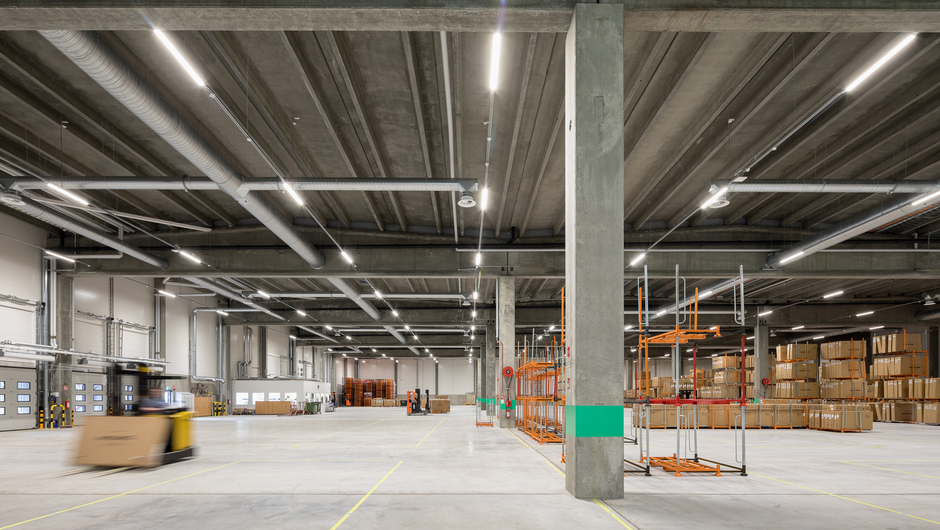
Energy efficiency and top technology under one roof
New logistics centres showcase skills in technology, automation installation and modern technical building systems that combine efficiency and environmental friendliness.
One of these is SOK’s new logistics centre in Sipoo, completed in 2018, which utilises geothermal heat for heating and cooling energy on a large scale.
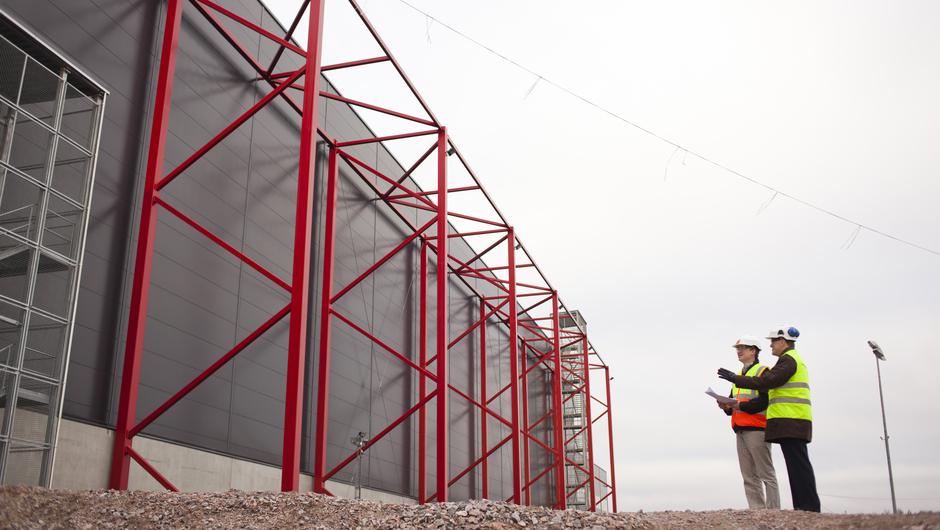
Energy matters and smart technical building systems are present in many industrial construction projects. Thanks to advanced technology, the heat that data centres create as a side stream can be utilised in district heating, for example. In general, clients are well aware of these opportunities but, if necessary, YIT can help clients select and implement energy efficient solutions.
“We can complete an assessment and implementation plan, for example, for solar panels installed on the roof of a production facility or terminal or for the installation of geothermal heat wells as part of an ecological energy solution,” Forssell says.
A responsible general contractor guarantees a safe and functioning construction site
At the moment, YIT is implementing a large-scale construction project in Linnanmaa, Oulu, where Nokia’s new business premises of almost 50,000 square metres are being built. The new business premises will be a combination of high technology and sustainability, which is the basic expectation in an increasing number of industrial construction projects, according to Forssell.
“Today, many customers want to achieve one of the top two levels of the BREAAM or LEED environmental certificates. They ensure that the building is designed and constructed in an environmentally efficient way and in accordance with environmental objectives. In Finland, we also utilise the Finnish RTS environmental certification scale and the Nordic Swan label, which are particularly popular in the public sector,” Forssell explains.
Properties' lifecycle influences sustainability
Industrial construction projects create a framework for functioning processes, which means implementing large power plant projects with consideration to the turbine and boiler suppliers’ needs. One of these was the Naantali multi-fuel power plant, completed in 2017 and elected as the construction site of the year in 2016. The construction project was finished on schedule, the costs remained below the estimate and the results were of excellent quality. Occupational safety was also at a very high level throughout the project.
“YIT’s duty is to implement the structures around the customer’s process. It’s a demanding task and a great responsibility, and we are able to take it on. We guarantee that the construction site complies with the building code, take care of employer obligations and monitor the application of occupational safety standards throughout the subcontractor and procurement chain,” Forssellman says.
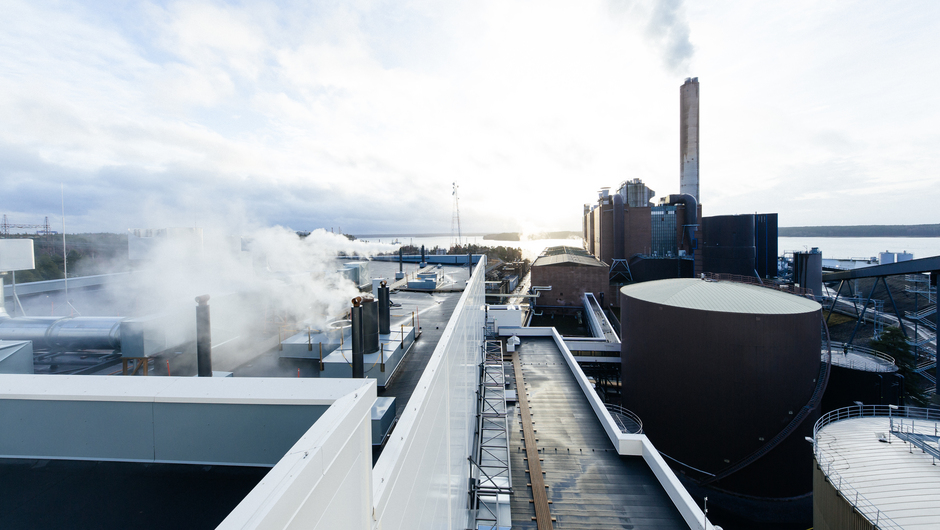
Naantali CHP
Wind turbine projects keep ground engineering and industrial construction busy
VP of Industrial Construction and Ground Engineering Jouni Hyvärinen says that new wind farms and wind farms under planning are providing a boost to the market. YIT has extensive experience from wind turbine infrastructure construction in Finland and the other Nordic countries. YIT has implemented almost 200 wind turbine foundations and other wind farm infrastructure since 2010.
“We have just finished the infrastructure construction of the Murtomäki wind farm, developed by YIT, which consisted of the area’s earthworks, construction and maintenance of the road network and lifting areas as well as the foundation engineering of the turbines. In addition, we are building electrical infrastructure in the area, such as a distribution substation and medium-voltage cables,” Hyvärinen says.
The challenging concrete structure industrial projects are not limited to just wind power as they are also used for power plants and water towers, which are large and challenging projects. The industrial construction and ground engineering unit offers a wide variety of heavy concrete construction services to all industry segments throughout Finland. The new and impressive water tower in Hiekkaharju, Vantaa, completed in 2021, is a great example of this kind of industrial construction.
“YIT first built the base of the water tower using a slip forming method and then the tank around the base. The massive tank was cast on the ground and raised slowly into place by means of 90 hydraulic jacks mounted on top of the base of the tower. All in all, a total of approximately 5,000 cubic metres of concrete was cast and approximately 700 tonnes of reinforcement bars were used for the tower,” Hyvärinen says.

Engineering structures for complex concrete structures
Examples of industrial construction’s complex slip forming projects at YIT also include the 100-metre-tall exhaust air chimney of the waste-water treatment plant in Blominmäki, Espoo, and the new and almost equally tall reinforced concrete lifting tower at the Kittilä gold mine.
The slip-form construction technique refers to the uninterrupted casting of concrete so that no lines are created between the fresh and drying concrete. The technique is used, among other things, to realise different kinds of shafts, silos, chimneys, water towers and other tall structures, while also minimising the construction time.
“Industrial infrastructure projects are first and foremost engineering structures that engineers approach through the mechanics of the structures. It’s important that we select the most suitable workers, work methods and equipment for each project. This is why YIT appreciates and maintains slip forming skills, for example,” Hyvärinen explains.
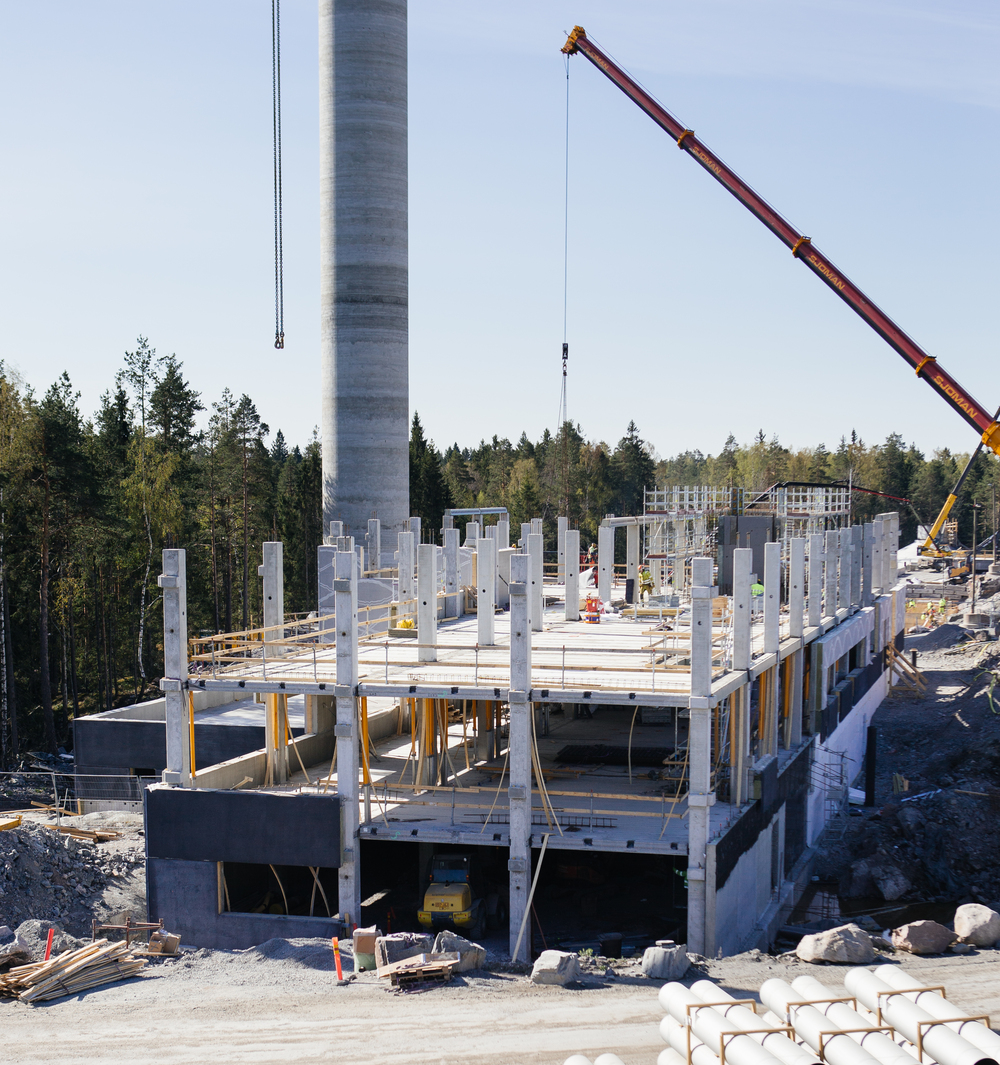
Construction of Blominmäki waste water treatment plant
Why select a cooperative project model?
- A safe path towards the final investment decision.
- The client and contractor commit to shared cost and quality targets.
- Promotes the transparency of the construction project and teamwork.
- Encourages efficient working and problem-solving.
- Suitable for difficult and hard-to-predict public and private construction projects.



